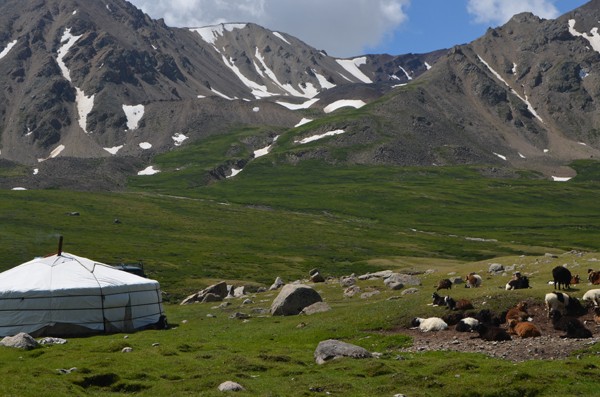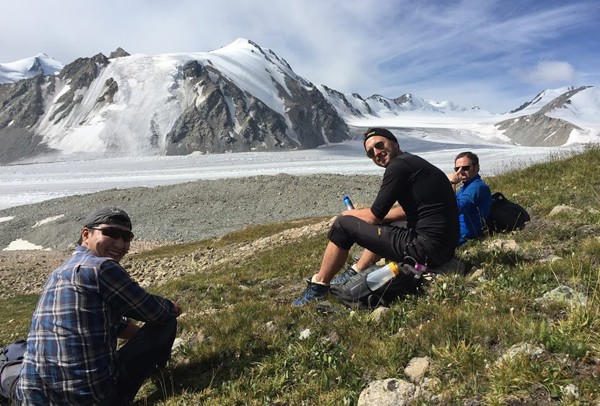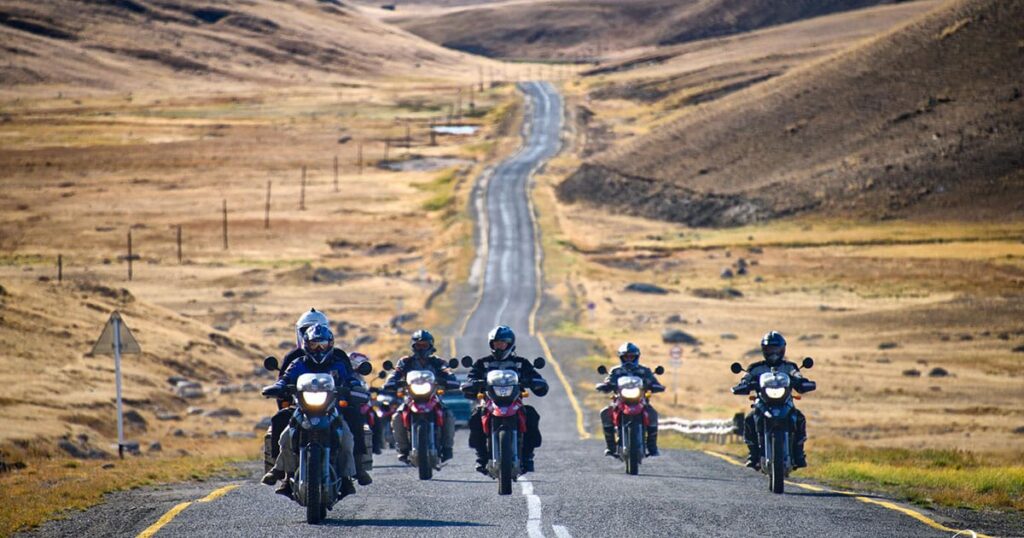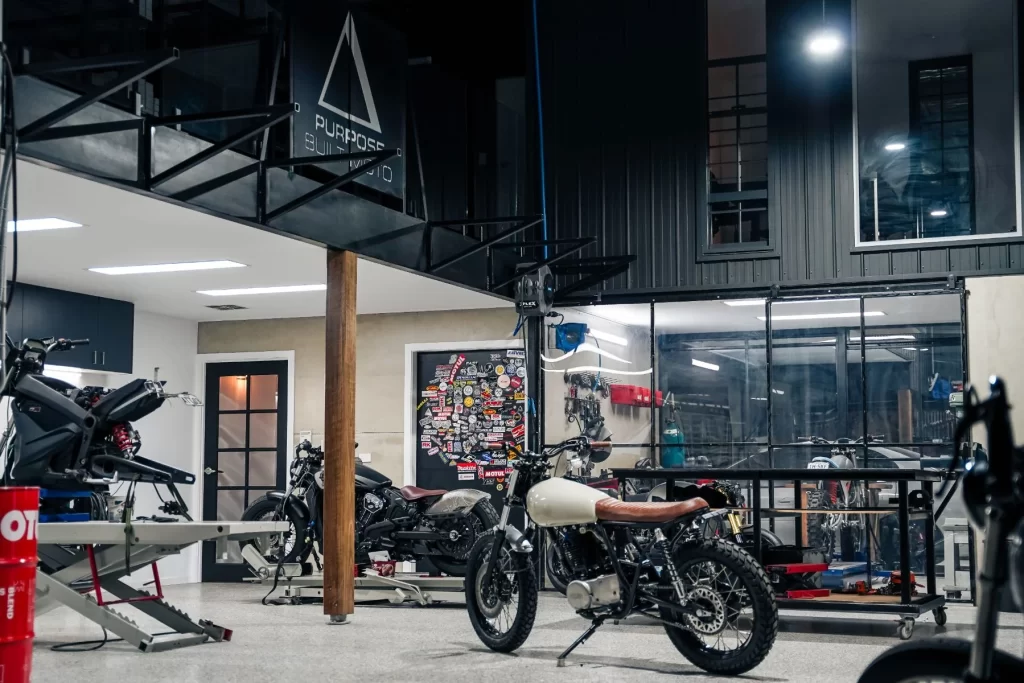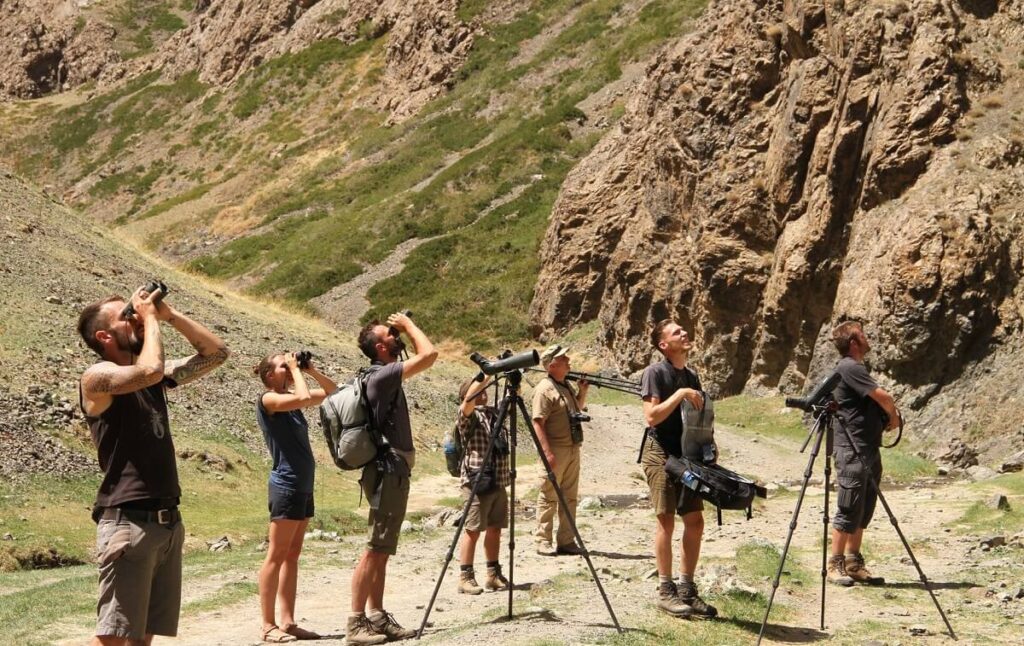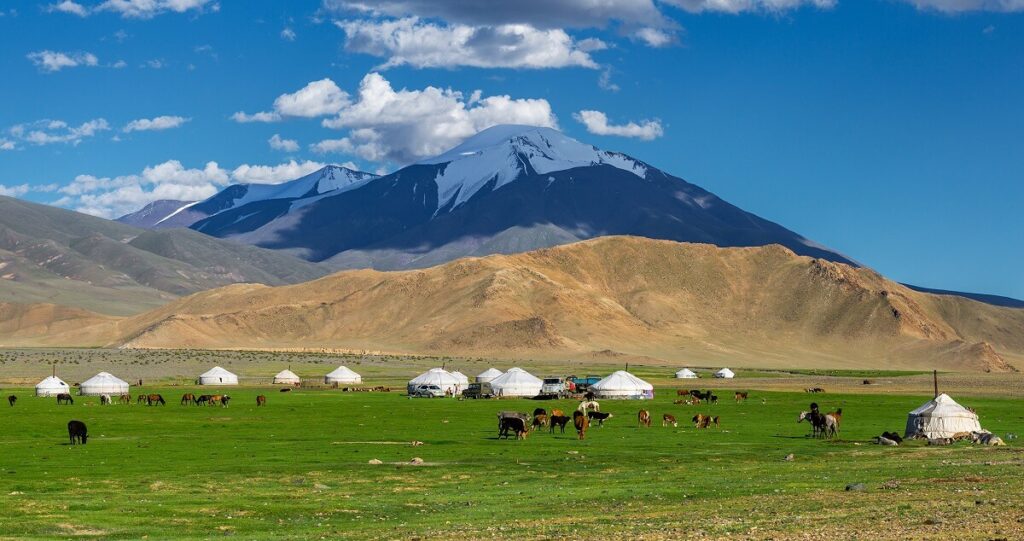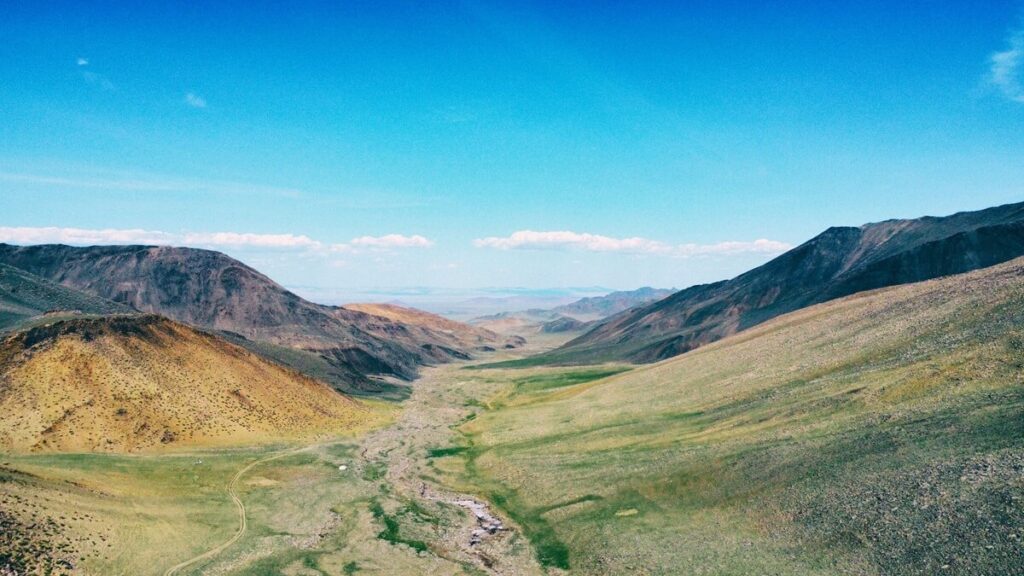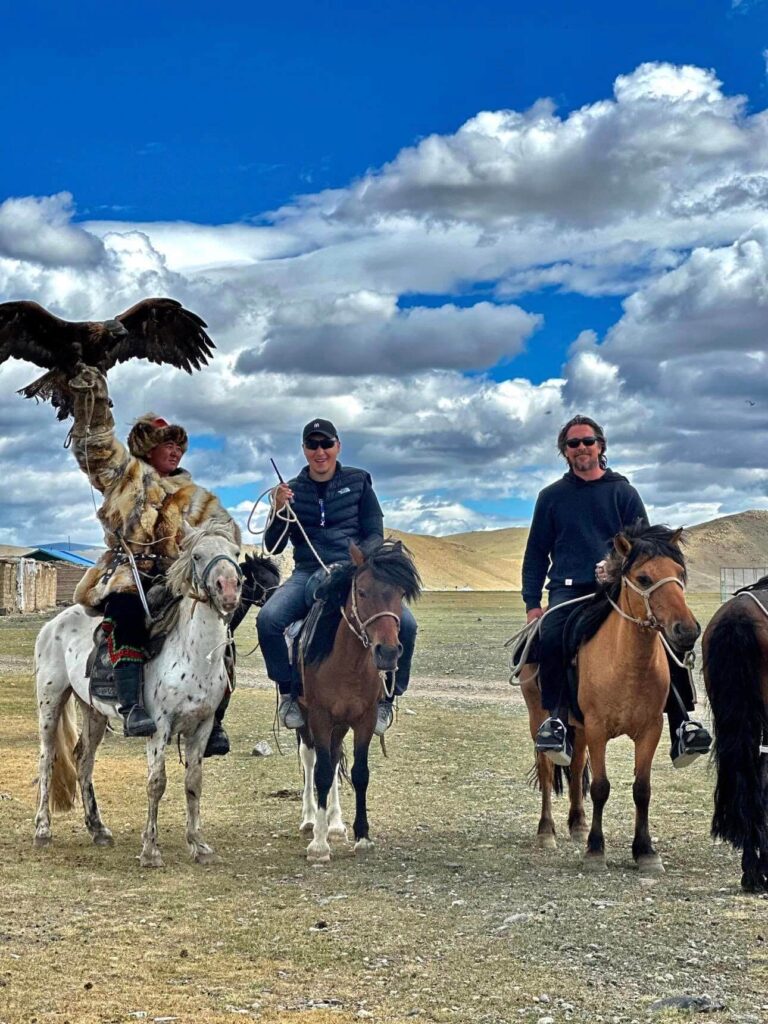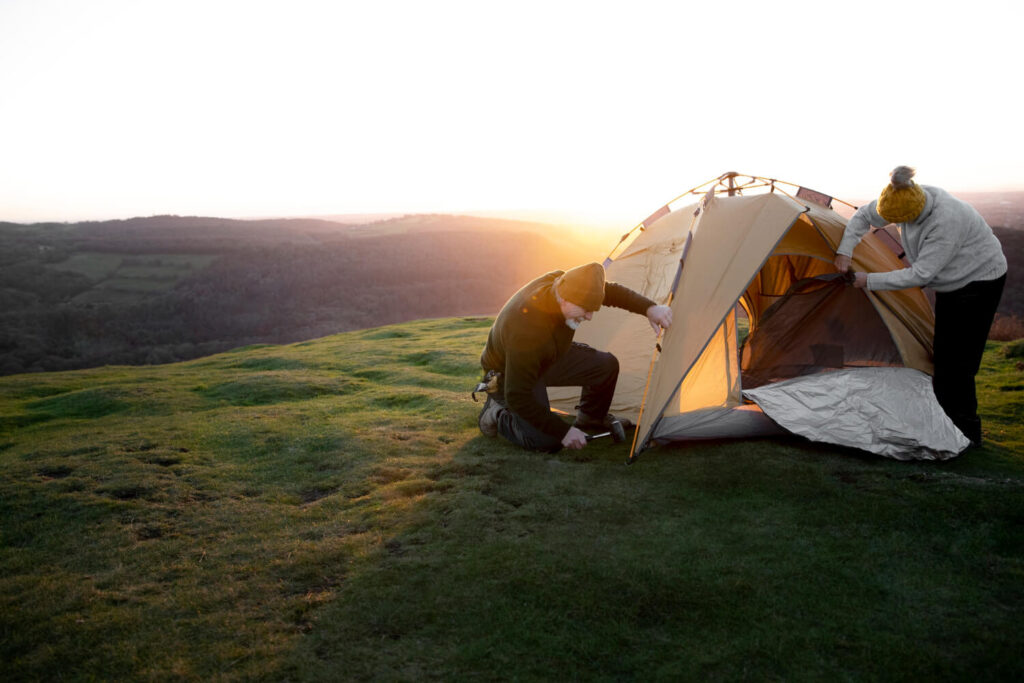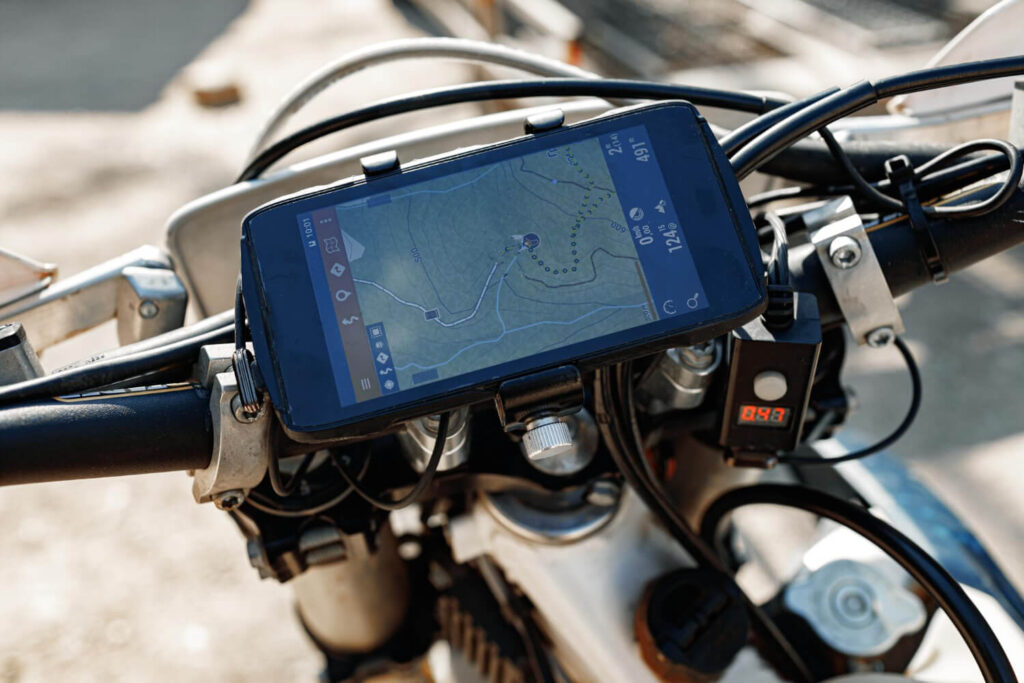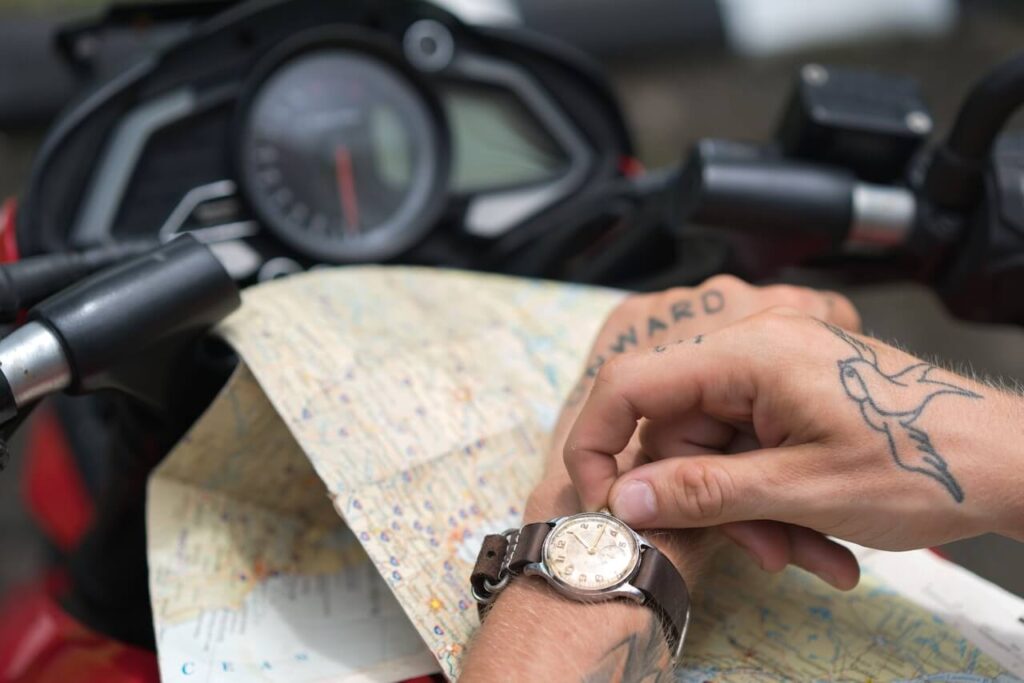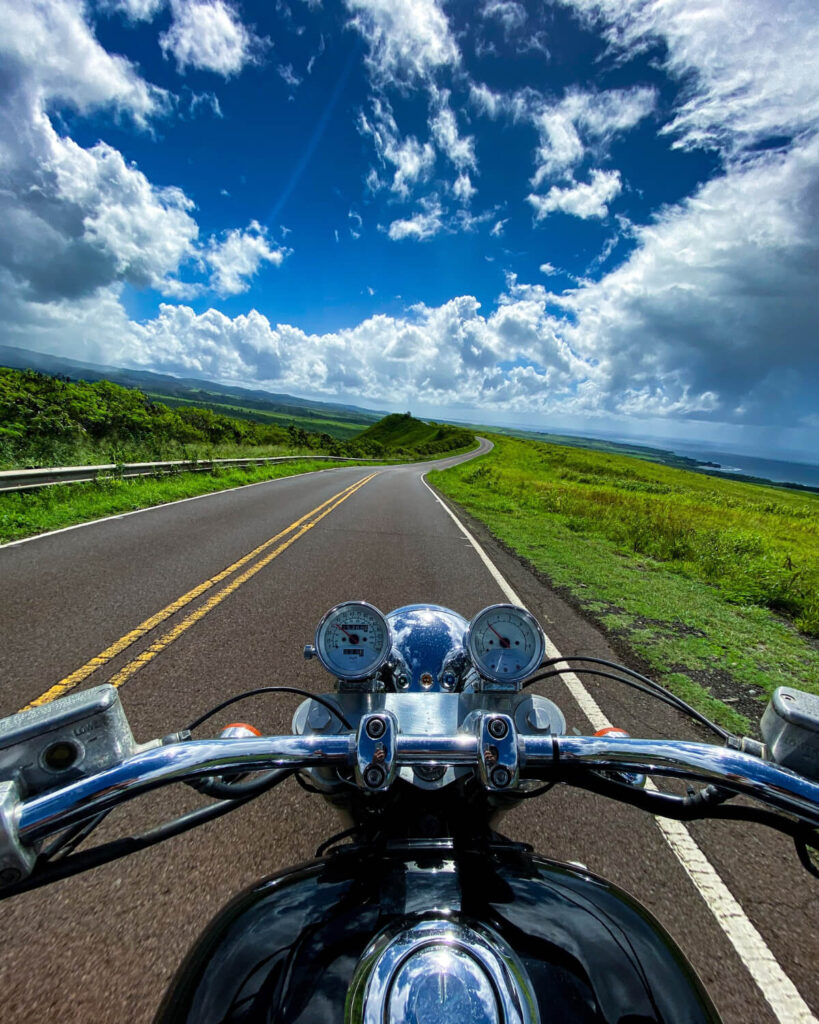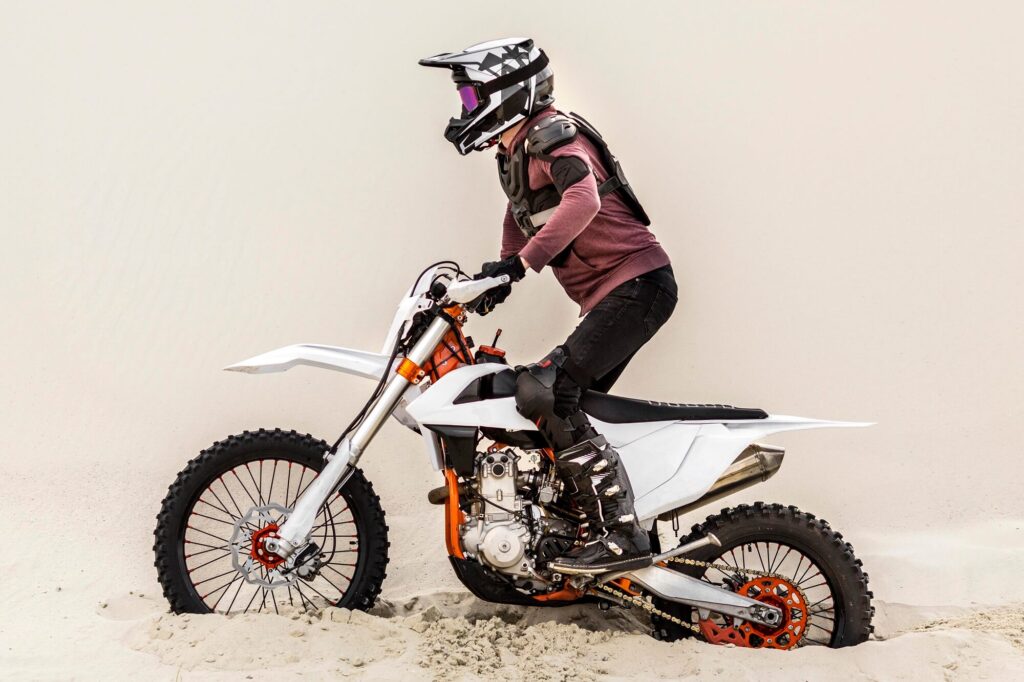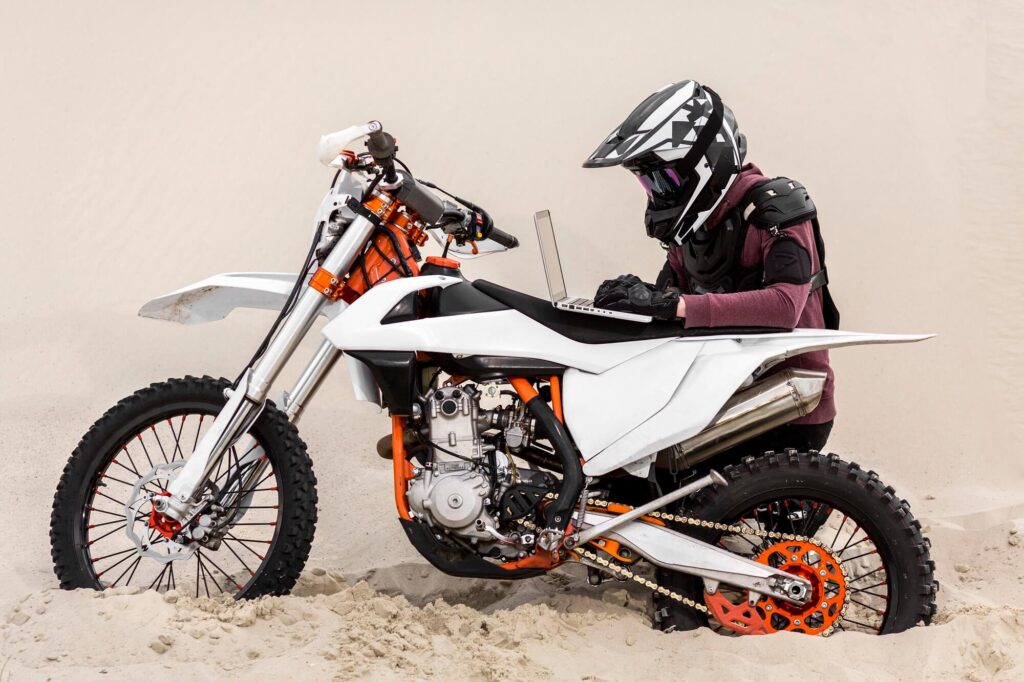Mountain biking is an exhilarating sport that requires a combination of endurance, strength, and agility. Whether you’re a beginner or a seasoned pro, proper nutrition is key to achieving optimal performance on the trail.
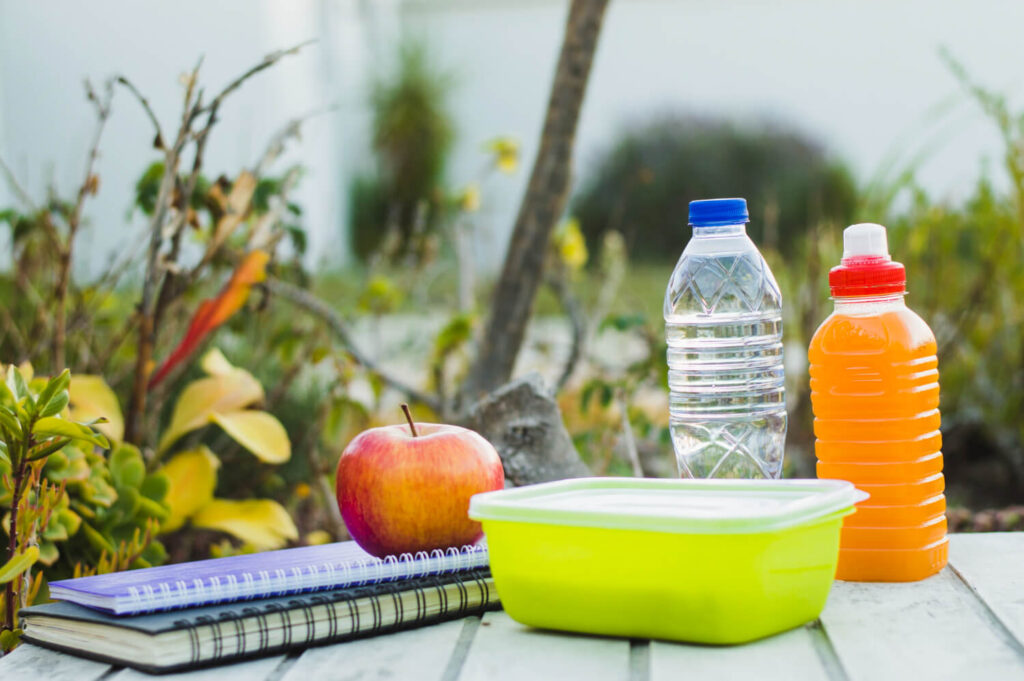
While eating burritos, pizza, and drinking beer or soda can be seen as good idea for mountain bikers, but the truth is that proper nutrition can enhance your performance regardless of the type of cycling you do. Everyone has different food preferences, so it’s important to experiment and find what works best for you. However, the following tips can serve as a starting point for a balanced diet.
Fueling Up Before Your Ride
Getting enough fuel before a ride is crucial, but it’s important to avoid anything too heavy that could make you feel sick during intense exertion. Just focus on eating regular, healthy meals and pay attention to your hydration. Try to finish your evening meal a few hours before bedtime to avoid any sleep disturbances.
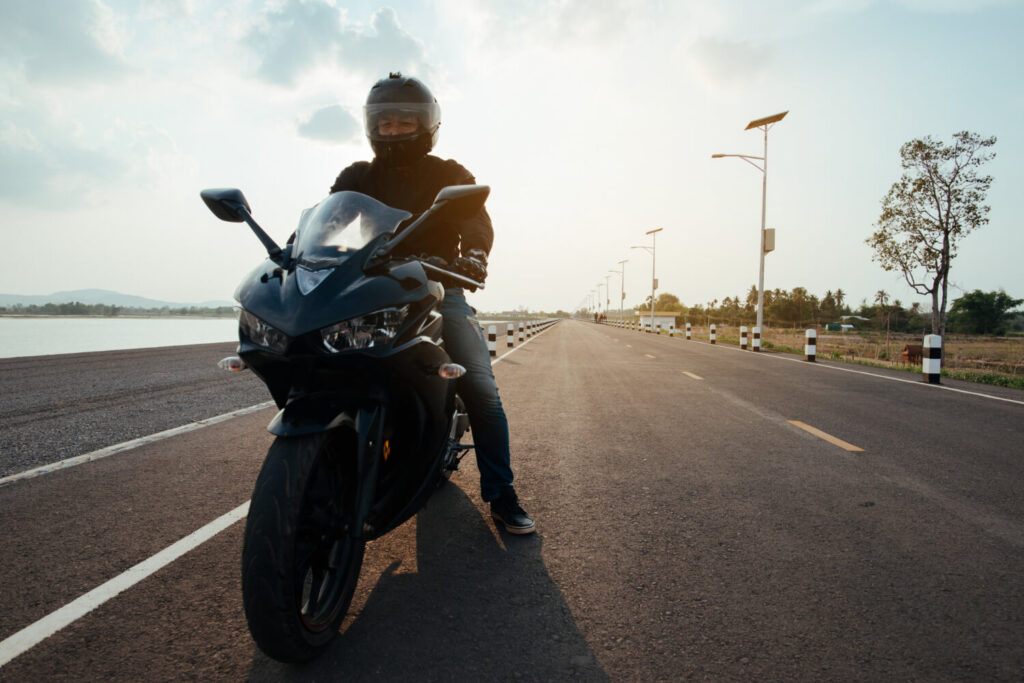
If you have a couple of hours before your morning ride, a breakfast burrito or sausage, egg, and cheese bagel can do the trick. But if you’re riding right away, oatmeal or a bagel with cream cheese can be a better option. Drink plenty of water before your ride to ensure that you’re properly hydrated. Dehydration can cause fatigue and muscle cramps, so make sure you’re drinking enough water throughout the day.
Eating During Your Ride
Staying fueled and hydrated during a ride is essential for avoiding cramps, headaches, and bonking. Aim to eat an energy snack every 30-60 minutes and hydrate with water and sports drinks as needed. To stay hydrated, bring a hydration pack with water and a bottle of sports drink, consuming the water as needed and the sports drink every time you stop for a break.
When choosing energy snacks, consider not only the flavor but also the delivery method. Keeping a variety of snacks available during a ride is important to make sure you stay interested in eating. Some popular cycling snacks include sandwiches, fruits, rice cakes, and energy bars. Sandwiches can include different fillings like peanut butter and jelly or ham and cheese. If you have extra space in your backpack, bring along your favorite fruits.
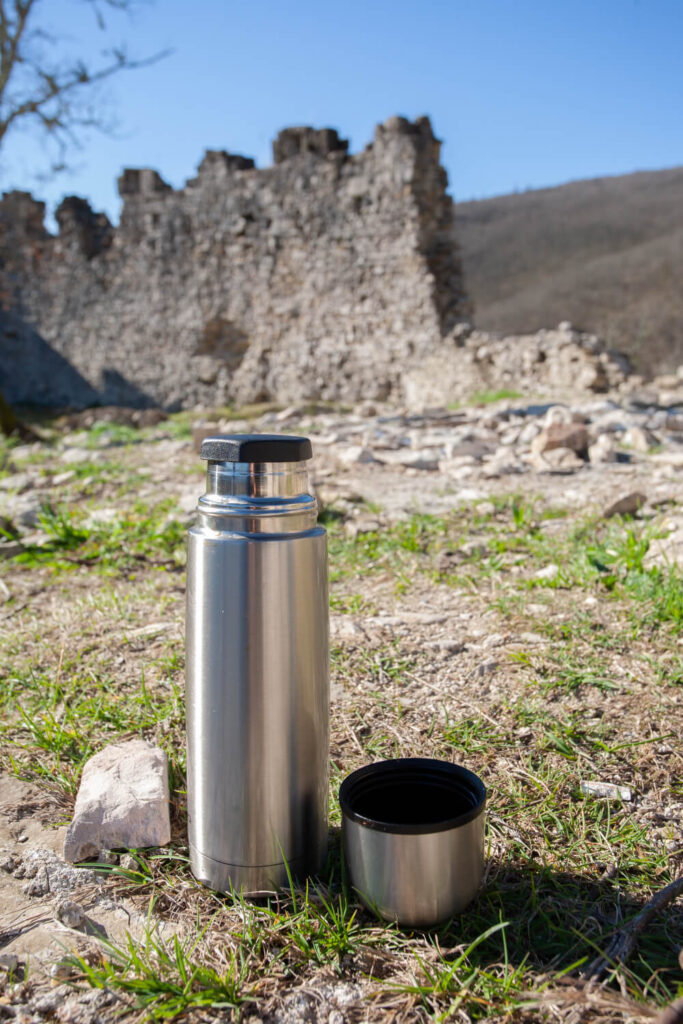
Rice cakes are a favorite among road cyclists, and you can try making them using our recipe. Energy bars come in many different brands and flavors, or you can make your own using our recipe. Having a range of different textures and flavors is important to keep things interesting during a long ride.
Additionally, it’s best to start on solid foods and work your way to liquids by the end of the ride to avoid stomach issues. Remember to set an alarm or use a ride computer to keep track of fluid intake and consume carbohydrates every hour to prevent running out of energy. Finally, for longer rides, it’s important to monitor hydration and consider adding electrolytes to your drink. Don’t wait until you’re thirsty or hungry to refuel, as it may be too late.
Recovery Nutrition
After a ride, it’s important to eat a snack containing around 20g of protein and some carbs to kickstart the recovery process and prevent sore muscles the next day. Even if you don’t feel like eating, it’s important not to miss this recovery window.
A good option is to drink a glass of milk, or chocolate milk which has the right amount of protein, carbs and fluid for recovery. It’s recommended to consume this within the first 20 minutes after your ride for best results.
Simple Mountain Bike Nutrition Tips to Keep in Mind
Eat Enough But Not Too Much
It’s important to get the balance right when it comes to calorie intake. Overestimating how much exercise you’ve done can lead to overeating, resulting in weight gain instead of weight loss. To estimate how many calories you’ve burned, use the calorie function on your GPS unit or app. This will give you a rough idea of how much you need to eat.
Quality over Quantity
Choosing quality food is essential for providing your body with the necessary nutrients to function well. Nutrients like carbs, protein, good fats, fibre, vitamins, and minerals play vital roles in maintaining good health, including supporting the immune system, providing energy, enhancing concentration, and controlling appetite.
Therefore, it’s essential to avoid sugary or fatty foods, such as sweets, deep-fried foods, and junk food, which are high in calories but low in good quality nutrients. Instead, opt for fresh foods rather than processed ones and choose items that are as close to their natural state as possible.
Hydrate, hydrate, hydrate
Hydrate It’s essential to drink plenty of water before, during, and after your ride. Proper hydration helps regulate body temperature, lubricates joints, and prevents cramping. On average, people should aim for 1.5-2L of water per day, but you need to also replace the fluid you lose during a ride.
Don’t wait until you’re thirsty to drink water; drink consistently throughout the day to stay hydrated. Staying hydrated is important for your performance on and off the bike. Drinking enough water each day can improve your energy and concentration levels.
Try to sip water throughout the day, have a glass with meals, and carry a bottle with you on the bike. Make sure to drink a bottle of water when you finish your ride. If you’re not sure if you’re drinking enough, check your urine – if it’s darker than a pale straw color, you may be dehydrated and need to drink more.

